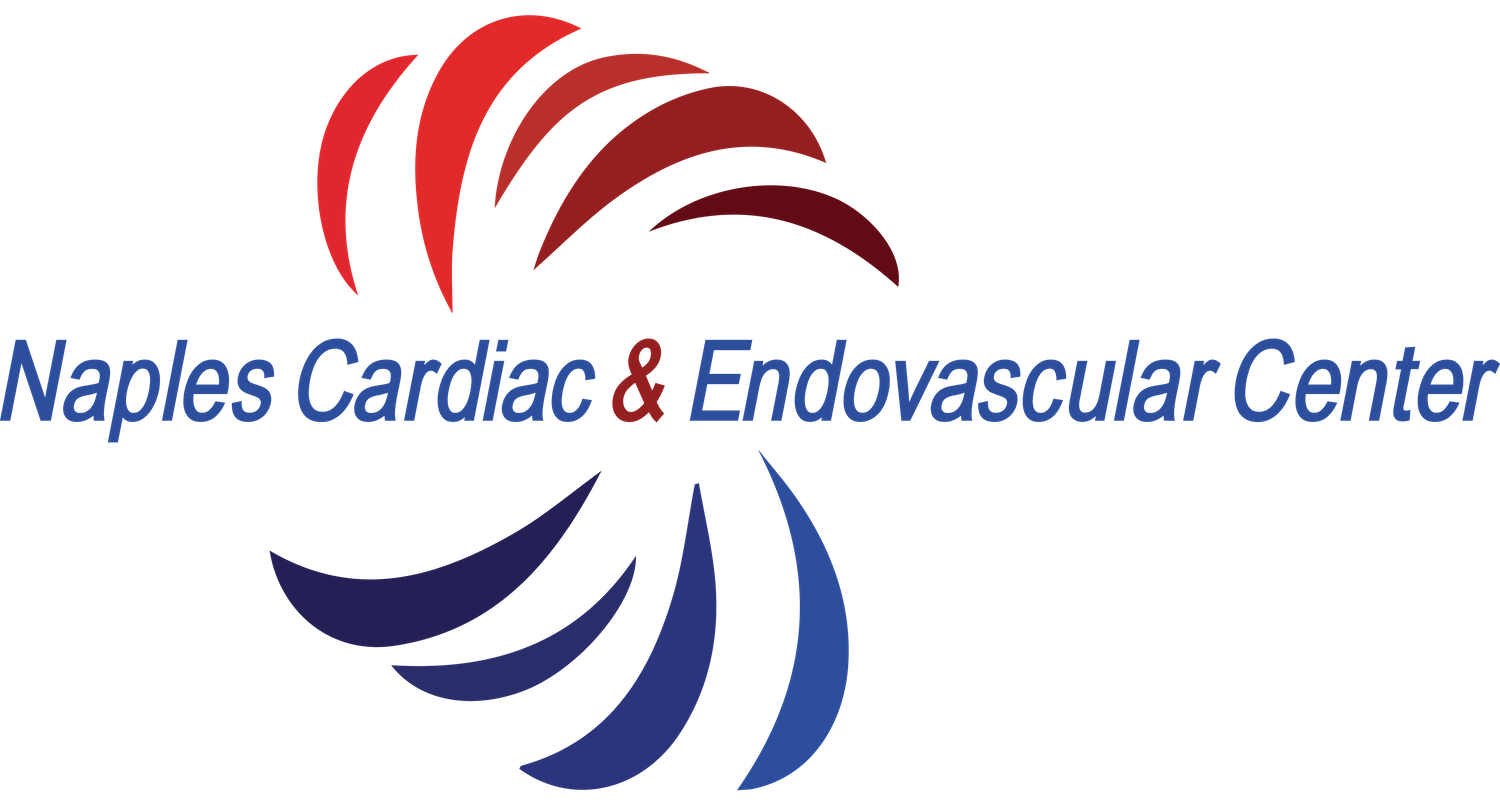Leg pain overview
There are multiple reasons for patients to experience leg pain. In many individuals, there may be a combination of factors causing synergistic discomfort, this is particularly common in elderly patients.
Dr. Leandro Perez discusses two of the most common sources of leg pain: vascular and arterial issues. He explains the symptoms and treatments for each condition, so that you can get relief from your pain.
Symptoms of leg pain
Leg pains related to venous disease can be very disabling and can happen with ambulation with prolonged standing, with prolonged sitting, tend to be more prominent at the end of the day and appear to improve during morning hours after resting flat in bed overnight.
Importantly, not all patients with circulatory problems describe their symptom as “pain”; often, the reported symptom is characterized as:
Burning
Cramping
Discomfort
Heaviness
Pressure
Itching
Leg pain diagnosis
Venous disease related leg pain commonly is associated with physical examination findings of venous disease. Therefore, your doctor will obtain a detailed medical history and perform a physical examination. If venous disease is suspected clinically, a venous ultrasound is typically recommended.
How is leg pain treated?
The management of venous disease-related leg pain depends on the etiology. If venous reflux is identified, an initial trial of conservative therapy including compression stockings, diuretics and lifestyle modifications is recommended.
If symptoms are incompletely controlled with a conservative strategy, it is reasonable to proceed with an endovenous intervention to correct the problem and resolve the patient’s symptoms. Endovenous ablations and other minimally invasive procedures can be offered to patients who qualify.
To request a consultation, click below or call (239) 300–0586


